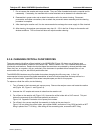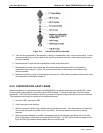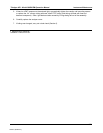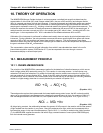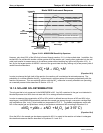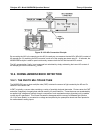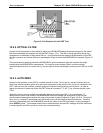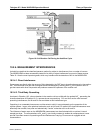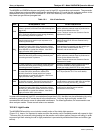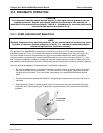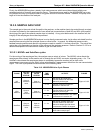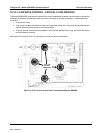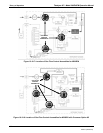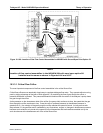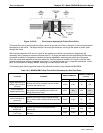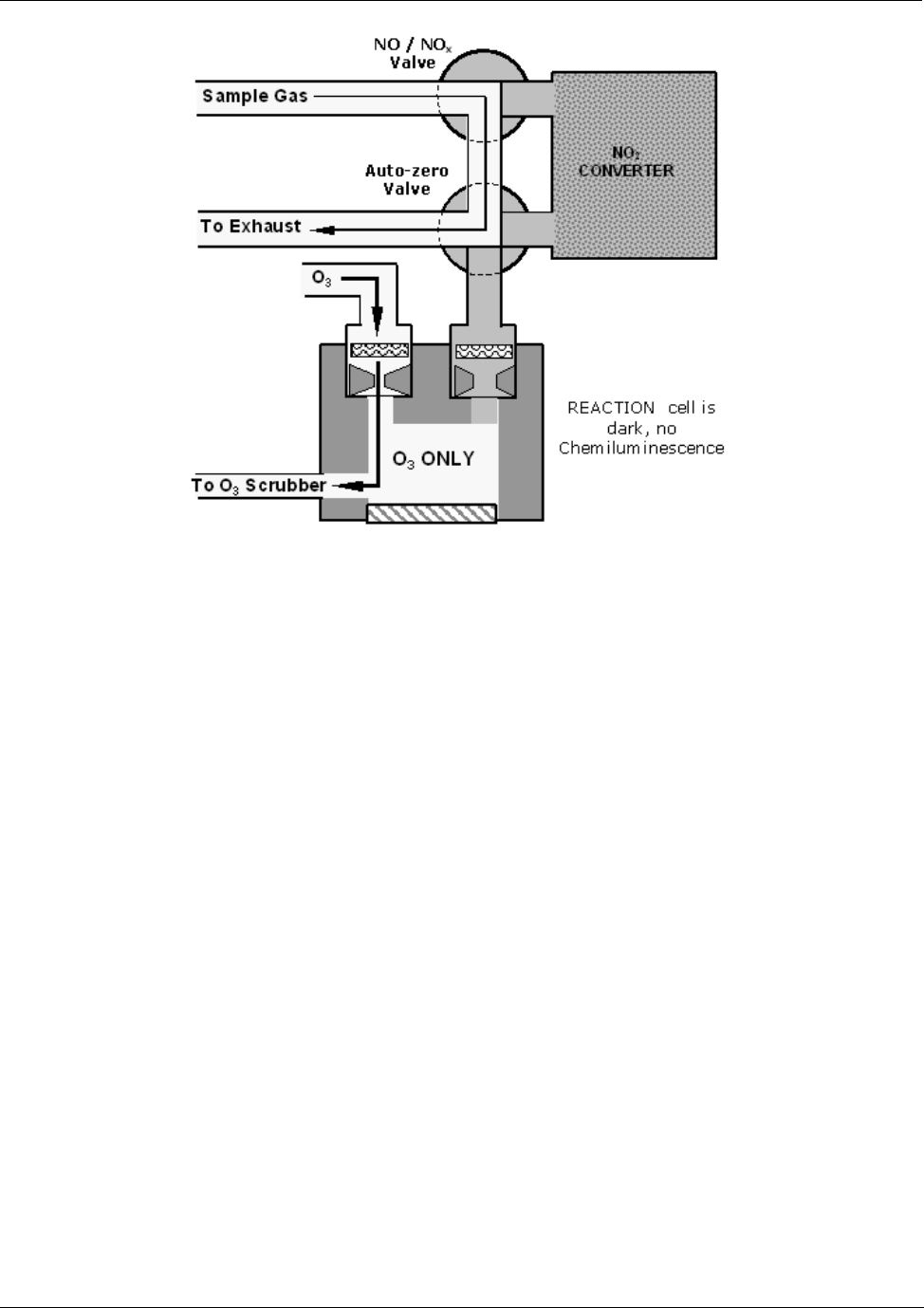
Teledyne API - Model 200EH/EM Operation Manual Theory of Operation
193
Figure 10-10-4: Reaction Cell During the AutoZero Cycle.
10.2.4. MEASUREMENT INTERFERENCES
It should be noted that the chemiluminescence method is subject to interferences from a number of sources.
The M200EH/EM has been successfully tested for its ability to reject interference from most of these sources.
Table 10-1 lists the most important gases, which may interfere wit
h the detection of NO in the M200EH/EM.
10.2.4.1. Direct Interference
Some gases can directly alter the amount of light detected by the PMT due to chemiluminescence in the reaction
cell. This can either be a gas that undergoes chemiluminescence by reacting with O
3
in the reaction cell or a
gas that reacts with other compounds and produces excess NO upstream of the reaction cell.
10.2.4.2. Third Body Quenching
As shown in Equation 10-3, other molecules in the reaction cell can collide with the excited NO
2
*
, preventing the
chemiluminescence of Equation 10-2, a process known as quenching. CO
2
and H
2
O are the most common
quenching interferences, but N
2
and O
2
also contribute to this interference type.
Quenching is an unwanted phenomenon and the extent to which it occurs depends on the properties of the
collision partner. larger, more polarized molecules such as H
2
O and CO
2
quench NO chemiluminescence more
effectively than smaller, less polar and electronically “harder” molecules such as N
2
and O
2
.
The influence of water vapor on the M200EH/EM measurement can be eliminated with an optional, internal
sample gas dryer. The concentrations of N
2
and O
2
are virtually constant in ambient air measurements, hence
provide a constant amount of quenching and the interference of varying CO
2
amounts is negligible at low
concentrations.
04521C (DCN5731)



